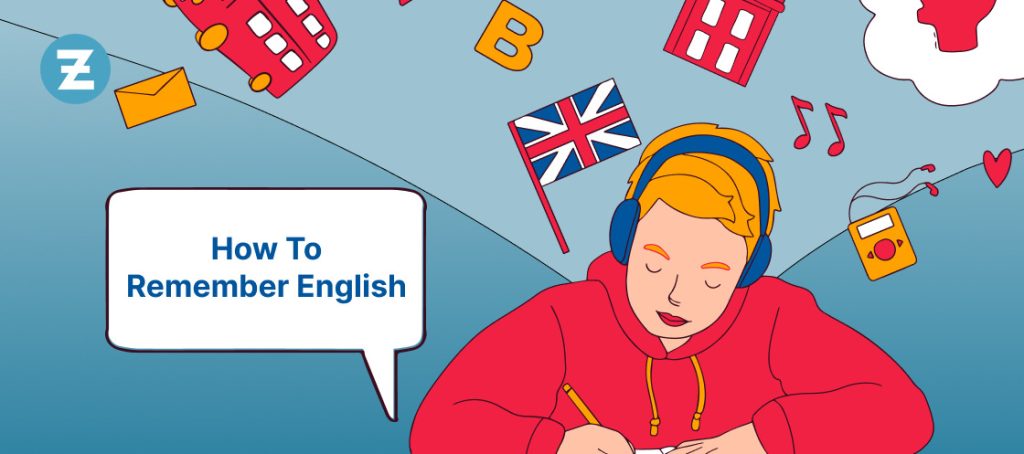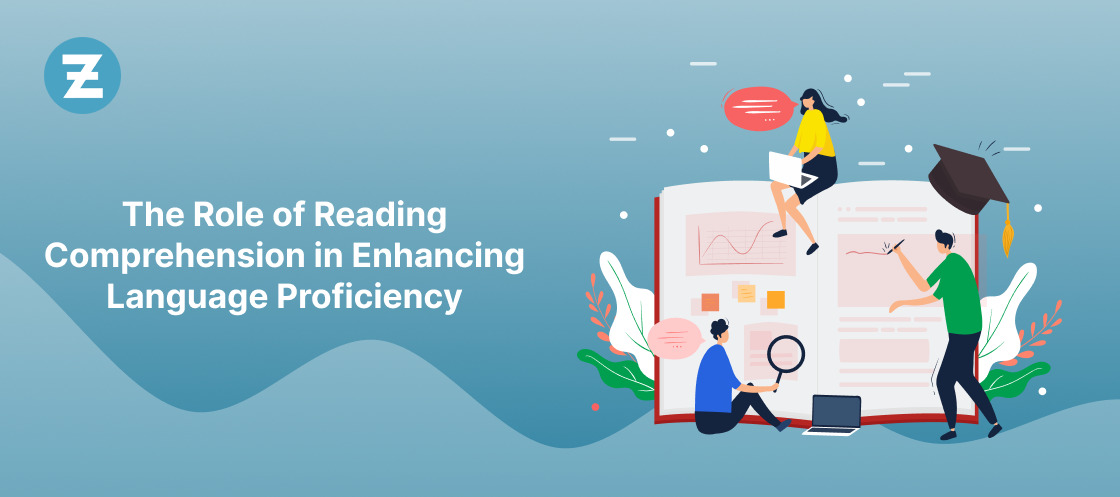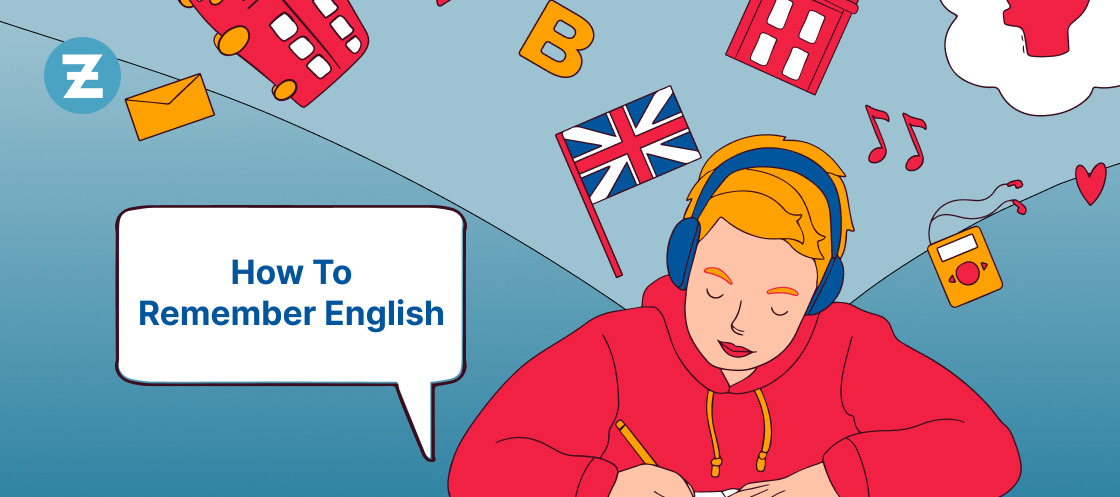Mastering the English language involves a blend of techniques tailored to simplify and reinforce learning. The heart of the matter lies in consistent practice and strategically using tools like flashcards, as seen with the Leitner System’s theory for memorization. To enhance retention, one might apply methods that break down complex concepts into simpler ones – think Feynman Method here.
Students must engage frequently with diverse material across reading, speaking, listening, and writing domains to solidify their grasp on English content comprehensively.
Immersive Language Learning Techniques
One dives into the world of English with a clear goal: to grasp and remember its vast vocabulary. But here’s a thing—while many students rely on flashcards for memorization, they’re often met with limited success in traditional classrooms where language immersion is scarce. To improve, one must understand that just hearing or seeing new words isn’t enough; it takes effective techniques like spaced repetition—the act of reviewing at varied intervals—to truly retain information.
Eminent theories suggest simplifying complex ideas can greatly enhance understanding, as advocated by the Feynman Method. With an overwhelming 170,000 active words in English alone, learners tend not to go beyond learning more thousands due to lack of immersive exposure—a daunting but essential part of mastery. Hope remains if we look beyond our usual lessons.
True proficiency in English comes from daily use and engagement with real-life scenarios, a crucial effort for those eager to learn and improve.
Read also: Differences between Standard English and Advanced English
Daily Practice Routine Setup
For effective English learning, one must dive into the context. Take a new word and weave it into stories. This method helps grasp how words live in language; their use becomes clear through narrative practice.
Not keen on tales? Try mind maps instead—place your target word central, branches out with linked ideas. Another tip: explore morphemes and etymology.
Recognize a root to quickly expand your vocabulary—it’s like unlocking a family of terms all at once. Games too can boost memory for English words—a simple game of Scrabble or an online quiz adds fun to study time while cementing lexicon knowledge subconsciously. Spell words backward or write them down then recite from memory—you’ll sharpen recall that way.
Remember, mix these tools for variety—the goal is constant exposure in different forms so those new pieces of language stick with you day by day.
Utilizing Multimedia Resources Effectively
When teaching English, multimedia resources greatly aid understanding. They make difficult ideas clearer and engage students more deeply. Teachers should select tools that highlight key concepts or vocabulary effectively.
While using these tools, halting often for discussion or note-taking is beneficial. Students need chances to digest and talk about what they learn; sharing a resource twice supports this process through review of their notes. Having them orally recount information with peers also helps solidify learning.
For videos used in lessons, brief segments work best — long clips may lose attention if comprehension wanes. Clarity in audio ensures learners grasp spoken words while subtitles support those new to the language. Content teachers choose materials enhancing topic knowledge, whereas English tutors pinpoint essential terms within such content; both aim at improving student mastery over relevant concepts and lingo via thoughtful stops during video playback—engaging prompts further encourage participation.
Innovative Memory Enhancement Methods
To enhance memory, especially in learning English, visualization stands out. Our brains grasp images better than text—think of how you can picture an apple more sharply than the concept of honesty. This image-friendly trait aids retention; for example, breaking down a phone number into smaller groups makes it easier to remember.
Mind mapping is another robust tool—it blends imagery with chunking. Here’s the thing: our brain loves connections and patterns. When we map information visually and categorize related items together, we’re utilizing its natural tendencies for organization which simplifies recall later on.
Let’s talk about spacing your study time too – called distributive practice or spaced repetition. Revisiting material at intervals reinforces it before fading from memory occurs—from hours after first learning to days and weeks afollow-uplow up sessions help cement knowledge securely in long-term storage.
Social Interaction for Language Retention
Talking with others keeps your English skills sharp. Those who speak two languages show more neuron activity; their brains work better, in part due to denser grey matter. Their white nerve fibers also link brain areas well, aiding learning and function.
Even if you start English later in life, you can still grow new neural links through fresh experiences like social interaction—key for a robust nervous system—which practicing regularly maintains. Engaging with different phrases plus revising what one knows strengthens the mind against age-related decline. Language use not only works out our mental muscles but enhances memory and focus too.
Studies say 90% of those who learn another tongue do great at school across many subjects because they read and think differently—a win even outside English class!
Interactive English Learning Apps
Interactive English learning apps cater to diverse needs. Some are free, like Zoundslike, great for games in language practice or spaced repetition for vocabulary growth. It’s ideal for serious learners wanting personal teaching from lesson one.
With these tools available across web and mobile platforms, they break barriers of traditional study methods enabling learning anywhere—a must in today’s fast-paced environment where practicality meets opportunity.
Cultural Immersion Opportunities
Cultural immersion remains vital for those aiming to grasp English. It need not be set aside, even with home-based schooling at play. One could use video calls through tech like FaceTime or Zoom to chat daily with peers or educators.
This maintains language skills and fosters connections among students, helping prevent loss of language fluency. Writing letters in English is another strategy; it aids youngsters in learning casual phrases while giving them a taste of diverse communication styles they might encounter abroad. Tracking global news also proves beneficial—finding articles on target countries’ events enriches understanding across subjects such as economics and health.
Engaging in more sense enhances this journey: cooking dishes from recipes in English sharpens comprehension alongside culinary prowess, just as listening to the culture’s music fine-tunes auditory processing capabilities. Watching films without subtitles initially pushes learners into deep linguistic waters before revisiting scenes again – this time aided by text—to check comprehension levels against visual cues offered within these cinematic slices of life. These activities contribute meaningfully towards cultural familiarity and lingual competence outside traditional classroom settings, bridging gaps between cultures one experience at a time.
Strategic Vocabulary Building Exercises
To build vocabulary, one must learn from the young. A five-year-old in English-speaking lands knows about 4,000 to 5,000 words. Adults with degrees might use up to 20,000 words; a non-native often grasps just around 5,000 even after years of study.
Yet adding another thousand beyond two thousand gives minimal gains—only three or four percent more understanding. Context is key for learning new terms and how they fit into sentences we hear or read every day. Think of children picking up language by listening and repeating after others; it’s training through context that sticks.
Mnemonics also help—the same way “My Very Eager Mother Just Served Us Nachos” helps us recall planetary order—a clever phrase can lock in new English words too. Remembering calls for repetition above all else though since our brains dump data quickly if not used: say a word many times over days so your mind keeps hold of it!
Read also: 11 Types of Jokes in English
Personalized Progress Tracking Systems
Personalized progress tracking systems have transformed the way one improves English. They use a method called spaced repetition, proven to be more efficient than old study habits. This approach allows users to remember vast amounts of information faster and with less effort.
To remember English effectively, one should practice regularly. Reading books exposes you to new words and proper grammar use. Writing helps retain vocabulary and improves expression.
Listening sharpens comprehension while speaking boosts confidence in using the language freely. A mix of these activities embeds knowledge deeply over time, making memory more reliable when it comes to communication skills in English.
Conclusion
In summary, mastering English involves a well-rounded approach, blending immersive techniques, daily practice, multimedia resources, and innovative memory methods. Utilizing interactive apps like Zoundslike, which incorporates spaced repetition, enhances personalized progress tracking.
Cultural immersion, strategic vocabulary building, and mnemonic devices contribute to a comprehensive learning experience. Regular practice through reading, writing, listening, and speaking, along with the support of language learning apps, like Zoundslike, ensures continuous improvement in English proficiency. Embrace these strategies to bridge cultural and linguistic gaps, and let Zoundslike guide you on your journey to language mastery.









